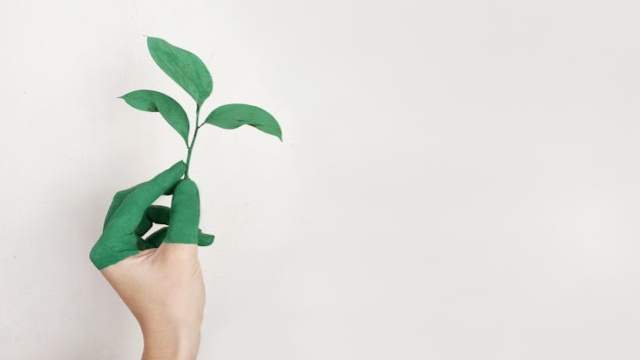Your Guide to 5 Eco-friendly Home Improvement Projects
Considering the environment while choosing materials for home renovation projects can have a big beneficial influence, especially in this day and age when environmental awareness is becoming more essential. Adopting sustainable methods improves your living space’s efficiency and quality while also helping the environment. You can build a beautiful and environmentally responsible house by using sustainable designs, energy-efficient appliances, and eco-friendly materials.
Transformative Power of Green Roofs
Green roofs, often referred to as living roofs, are a cutting-edge method of house remodeling that dramatically improves visual appeal and environmental sustainability. These roofs, which can be entirely or partly covered with flora, have many advantages over conventional roofing materials. Because green roofs naturally insulate against heat and cold, they can significantly increase energy efficiency. This reduces the carbon impact of your house and cuts energy costs. Rainwater is absorbed by the plants atop a green roof, lowering runoff and the chance of floods. It also enhances air quality and filters contaminants, making your home’s interior and outside environments healthier. Green roofs provide ecological advantages that go beyond increasing biodiversity. Green roofs help urban greening initiatives and maintain regional ecosystems by providing a home for birds, insects, and plants.
Energy-Efficient Window Upgrades
Investing in energy-efficient windows is a worthwhile home improvement project that can significantly reduce energy use and increase comfort levels. By reducing heat transmission, contemporary energy-efficient windows help keep your house warmer in the winter and cooler in the summer. Often equipped with double or triple glazing, these windows provide noticeably better insulation than single-pane models. To improve thermal performance, inert gasses like argon or krypton are usually injected into the area between the panes. Glass with Low-emissivity (Low-E) coatings prevents heat loss even more by reflecting infrared radiation while letting in natural light.
Sustainable Flooring Choices
One of the most important steps in building an eco-friendly house is selecting sustainable flooring solutions. Sustainable flooring materials provide long-lasting value and visual appeal in addition to being ecologically friendly, fashionable, and durable. Bamboo’s quick growth rate and low environmental impact make it a great sustainable flooring choice. Because it grows fast and can be picked without harming the plant, bamboo is a highly renewable resource. It is a resilient option for high-traffic areas due to its inherent hardness, and it is available in a range of finishes to accommodate any style desired. Another environmentally responsible option that gives your house character and history is reclaimed wood flooring. This kind of flooring has a distinctive, worn look because it is constructed of salvaged wood, which is sometimes taken from old buildings or barns.
The Eco-Benefits of Wash Paints
Milk paints, often referred to as wash paints, are a natural and environmentally responsible substitute for traditional paints. Paints made from natural pigments, like casein (milk protein), and authentic limewash paint, are basic, non-toxic options that provide a sustainable way to bring color and individuality to your house. Wash paints have little influence on the environment, which is one of its main advantages. Wash paints are toxic-free and biodegradable, in contrast to regular paints, which can include volatile organic compounds (VOCs) and other dangerous chemicals. As a result, there are fewer health concerns connected to chemical exposure, making them safe for the environment and indoor air quality. Walls, furniture, and other surfaces get character and depth from the distinct matte finish that wash paints provide.
Water-Saving Bathroom Renovations
A key component of eco-friendly home renovation is water conservation. Upgrading your bathroom with water-saving fixtures can drastically cut down on water use and utility costs. Contemporary fixtures are a crucial part of environmentally friendly home design since they are made to function well with minimal water use. One of the best examples of water-saving bathroom fixtures is the low-flow toilet. When compared to conventional versions, these toilets consume a lot less water each flush without sacrificing functionality. Even more flexibility is provided by dual-flush toilets, which maximize water efficiency by letting users choose between a low-volume flush for liquid waste and a higher-volume flush for solid waste.
Conclusion
Greenhouse renovation initiatives are crucial to building a long-lasting and wholesome home. You can have a beautiful and sustainable house and contribute significantly to environmental conservation by adopting these eco-friendly activities.
Sources
https://www.checkatrade.com/blog/expert-advice/eco-friendly-home-improvements/
https://www.ecowatch.com/solar/sustainable-home-improvements
https://www.forbes.com/home-improvement/home/eco-friendly-home-improvements/

